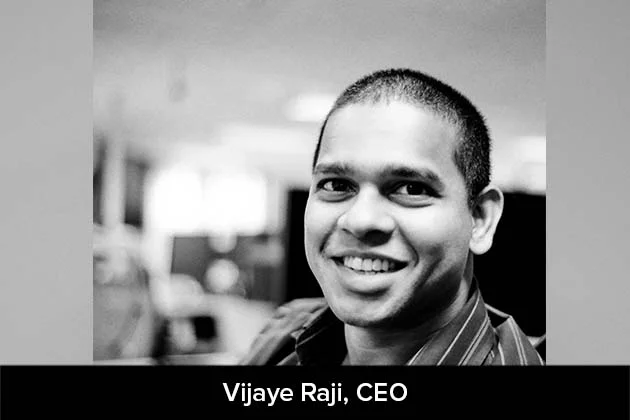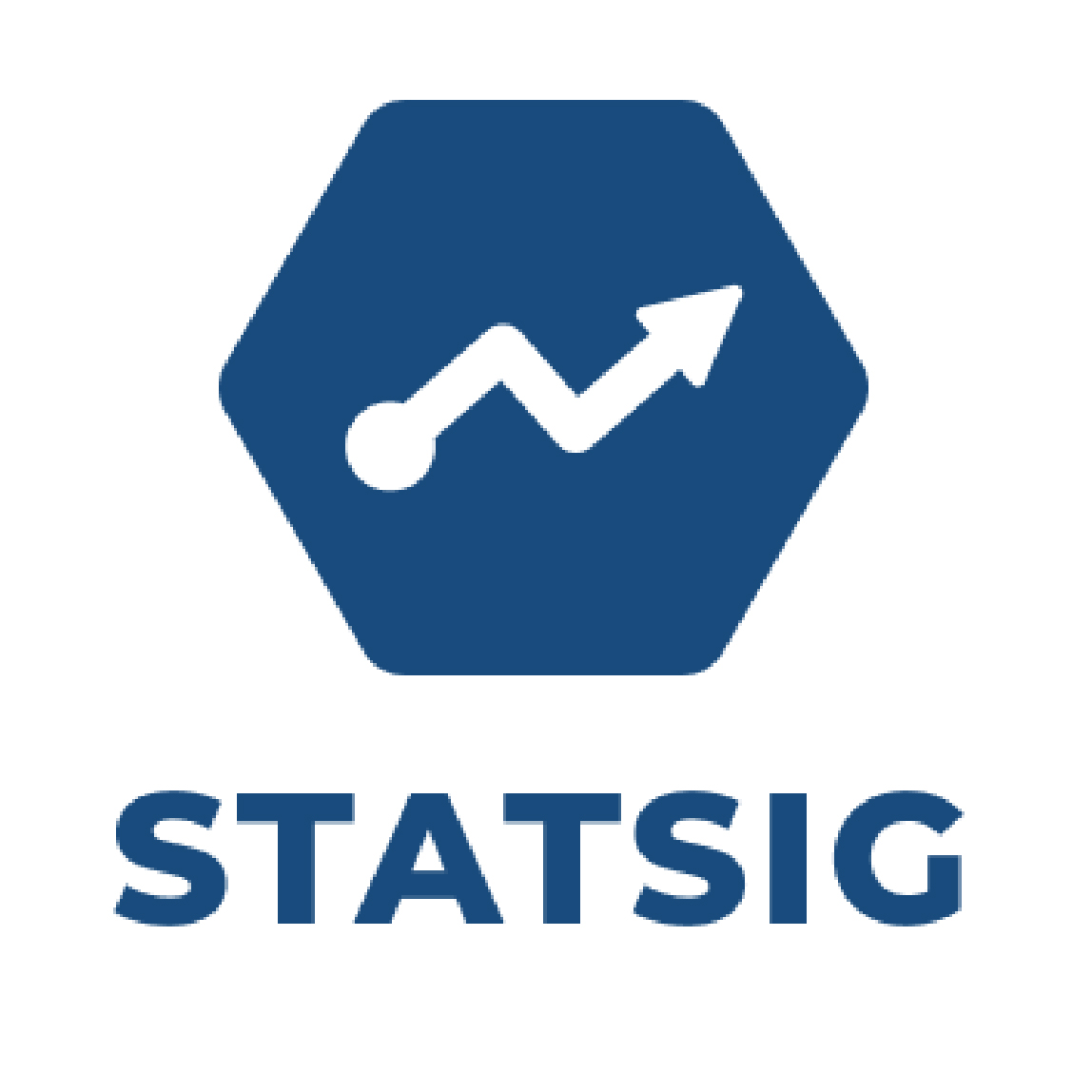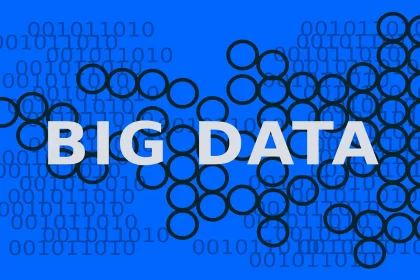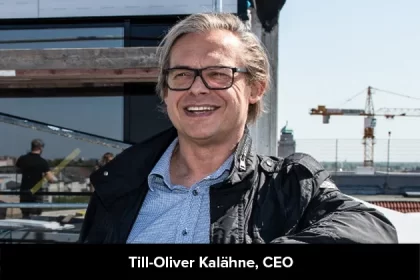The world is changing at a rapid pace in matters of technology. People literally have an application for anything that they could think of. But a question that arises is, how efficient or user friendly are these applications?
When it comes to building an application, there are multiple aspects that need to be taken care of by the developers or the product managers. Things like User Interface, User Experience, load time, placement of key call to actions and many others. There are applications with great use cases but fail to catch the attention of users. And, at the same time, there are applications with not so great use cases but they become successful in keeping the users hooked to it.
Now if you are wondering how one can make their applications excel in all these areas, it is very easy. Keep on A/B testing and experiment with your available options and compare the data on how effective they were. But, while it sounds easy to speak, it takes a lot of time and resources to execute in the real world. There comes the companies like Statsig, that are making things like A/B tests to advanced experiments easy for the fast-growing companies to accelerate their growth.
Statsig automates most of this process so there is a lot less opportunity to pollute this data and end up with incorrect conclusions.
Acknowledging the problem that they are solving and the meteoric rise in the business that they have seen in a very short time, we were curious about how the leadership team at Statsig was able to achieve all this in a short time. For this reason, the CEOViews team got in touch with Vijaye Raji, CEO of Statsig to understand in detail what Statsig is doing, what their strategy has been and where they are heading from here.
How it all started?
Going behind the memory lane, Vijaye Raji spoke about how he gathered a team of 8 amazing engineers and data scientists – people who loved working with each other and were passionate about solving the problem. They all used internal infrastructure tools that helped teams ship new features really really fast and make data-driven decisions with precision in their previous workplace. They faced a lack of sophisticated tools outside as an opportunity and decided to build product experimentation (A/B testing) infrastructure as a service. His main belief on Statsig is that every product decision should be based on data.
The biggest challenge they are addressing with Statsig is that today’s process of running product experiments requires a lot of heavy lifting from Data Science and Engineering teams and is often error-prone. Finally, this leads to greater precision and helps teams make a lot more data-driven product decisions with ease.
The role of data in achieving success
At Statsig, they empower everyone to instrument their product, gather accurate data and provide meaningful product insights that the teams can then use to make decisions. They automate most of this process so there is a lot less opportunity to pollute this data and end up with incorrect conclusions. When it comes to product building, everyone would agree that data trumps opinions. With product iterations counted in days and weeks instead of years, it is a huge miss to not put such data to good use.
But collecting such data in a reliable way and having that data inform product decisions is easier said than done.
Statsig is all about collecting data from products and converting them into meaningful insights that power product decisions. The best way to grow is to understand what people want from your product and exactly deliver those things. This is how Data plays an important role.
Key offerings
According to Vijaye, one of the biggest ‘aha’ moments when people use Statsig comes when they realize that every single feature they have been building has been automatically turned into an A/B test and the tool shares a quantified view of the total holistic impact of each feature. They call this “Pulse,” and this view is sprinkled throughout the product. It removes all friction and simplifies impact analysis across features, holdouts, a/b tests and more.
Another big moment happens when they are able to pivot this view and show them all the features that impact a single metric that a product team cares about. One of the major contributions, which involves innovative technology is “Ultrasound”. We can ask Statsig, “show me all the features that affect add-to-cart metric” and Statsig will show a holistic picture of all the features along with their contribution to that metric, whether positive or negative.
Organization values
Vijaye says, “as a team that evangelizes data-driven product development, it’s also the same culture that runs deeply within their company”. They use their own tools to build products for their customers. Ideas come from employees – engineers, designers, data scientists, PMs, and they are vetted based on their merits – while prioritizing customer requests much higher. They also encourage being scrappy and shipping things fast and believe in iterating fast vs. lots of polish before shipping. This helps them ship a steady stream of compelling and innovative product improvements to our customers. At Statsig, they are driven by 4 core values:
No Sacred Cats: Nothing at Statsig is to be taken for granted. If you see something that doesn’t make sense, you should question it.
Results Over Effort: We value the outcome and impact that comes out of the effort.
Find a Way or Make One: We empower everyone to find a way, anyway, to get to the intended destination.
For Builders By Builders: This one embodies who we are and who we are building Statsig for.
Future Roadmap
While product experimentation is their core value proposition, they are expanding their offering on all adjacent fronts – expanding on debuggability, query-ability, and providing richer user dimensions breakdown. All these will help provide deeper insights into the product and will also enhance their customer’s experience with the tools they provide. As they build out these adjacent value additions, they are making sure that these are best in class in the industry.












